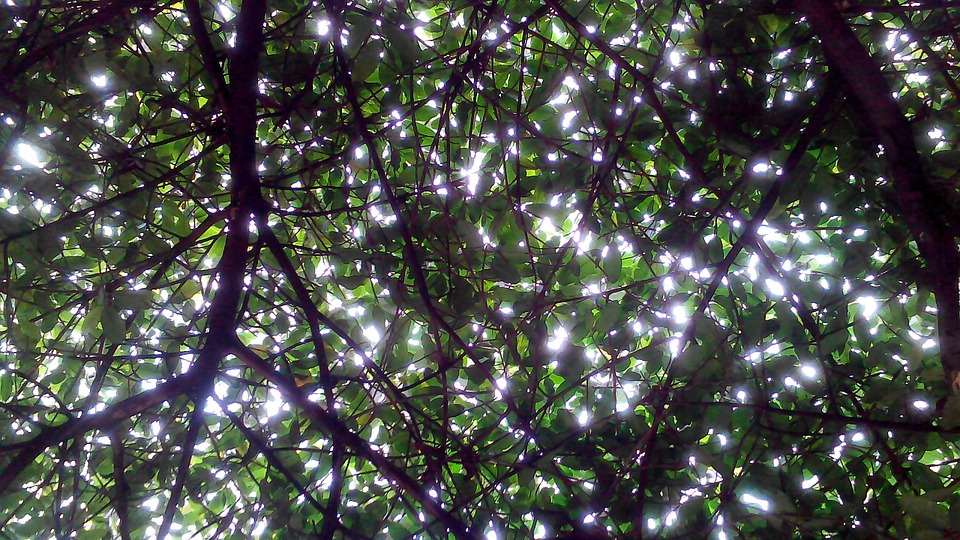
Most people think that all plants need the sunshine to grow, but that’s not necessarily true. There are plenty of plants that will thrive in shady environments – you just have to be knowledgeable about which ones. The same goes for grass. If you have a shady spot in your lawn that has been difficult to grow grass in, you’re not doomed to bald patch under your shady tree for eternity, you just need to know what kind of grass you should grow and how to care for it.
Here at Lawn Love, we’re experts when it comes to challenging and shady grass growing situations, so let us help you how to solve this shady sod snafu!

Step 1: Prune Your Trees and Shrubs
Many times the shady areas beneath trees and shrubs won’t grow grass because the branches are just too thick for any light to penetrate! You can easily solve this quandary by pruning them. You want to aim to thin out the branches so just a little sun can breach the canopy.
When it comes to trees, you also want to integrate a practice called “limbing up.” This calls for you to remove the lowest branches that are closest to the ground. Doing this will help the grass to be able to grow healthier underneath and not be smothered by low hanging limbs.
Step 2: Aerate
The shady areas of your lawn will benefit from good soil aeration. This creates small holes in the soil that expose the roots of the grass in order for the nutrients from the air, water, and fertilizer to penetrate more easily.
When you should aerate depends upon which type of grass you have. The best time to aerate is just before the grass hits its peak growing phase. For warm season grasses, this is usually in the late spring or early summer. For cool season grasses, you’re looking at an early fall aeration for best results, at least four weeks before the first frost.
You will want to use a core aerator for the best results since it will pull actual plugs out of the soil. You can also use a digging fork to poke holes in the soil, though this method doesn’t remove soil from the ground to create more space for air, water, and fertilizer.
Step 3: Add Fertilizer
It may surprise you to learn that grass in shady areas of your lawn needs less fertilizer than the grass that grows in full sun, but it’s true! You simply don’t need to fertilize shady grasses as much, which saves you time.
You will need to spread a thin layer of organic matter or compost over the area in early spring, after aerating. If you’re going to overseed the area, lay down the fertilizer first. The layer of compost should be thin enough that you can easily see blades of grass peeking through after it’s been applied.
Step 4: Use the Right Grass Seed
First and foremost, don’t cut corners on your grass seed. Buy a quality seed no matter where you plan to put it – in the shade or out. A quality blend should have several types of shade-tolerant grasses in it, so if one type of seed fails to thrive then another is right there to pick up the slack.
How do you know you’re buying a quality grass seed? Well, the label on the seed will show weed seed content of less than one percent, and an inert material content of less than four percent. It will do you good to also know that you should never buy a seed blend with a germination rate of anything less than 70 percent.
Step 5: Overseed
Remember, when it comes to grass seed the motto is that too much is always better than not enough – within reason. You will want to use a drop spreader to help control the seed distribution, especially if you’re starting on a shady spot from scratch. This will help to guarantee that you have good seed coverage over the area.
Step 6: Water Only When Needed
When you plant something new, you usually need to drench it often at first, but not when you’re talking about grasses growing in the shade. That’s because shady grasses don’t use water at the same rate as grasses growing in sunny spots. You simply don’t need to water shady spots as much as the other places in your lawn, but you also can’t count on rainfall to penetrate through the tree or shrub canopy and make it to the grass.
Make sure to water the grass in a shady spot infrequently, but deeply. This will help deeper roots to grow and that will ensure the survival of your shady grass!